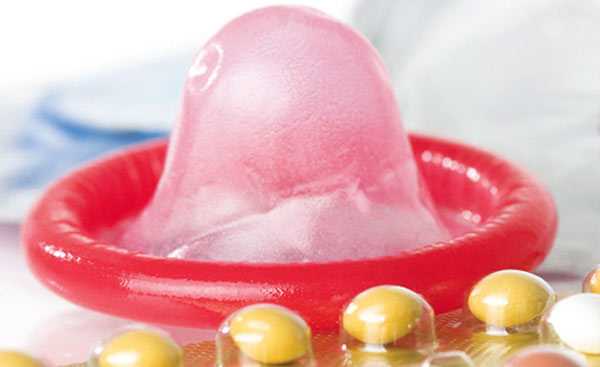Getting back to birth control after childbirth
Your bundle of joy is finally here and you have managed to hold the reins of the hustle that comes with a newborn. Your body has healed and you feel


Your bundle of joy is finally here and you have managed to hold the reins of the hustle that comes with a newborn. Your body has healed and you feel you are ready to resume sex. Then you wonder whether it’s possible to get pregnant so soon after delivery. The long and short of it is yes. So you must take precaution. We give you some useful advice on birth control methods you can use.
Awoman is recommended to wait for at least a year before getting pregnant again after childbirth so as to give their body time to fully recover. Doctors advise against close pregnancies as breastfeeding while carrying another baby can deplete the store of essential nutrients. According to medics, a woman’s period resumes anywhere between four to 10 weeks after childbirth. However, a woman would have already been fertile two weeks ahead meaning you can effectively become pregnant just two weeks after childbirth. Doctors also concur that post delivery is among the most fertile times for a woman. If you aren’t in the mood of adding to the nursery just yet, it’s best to use birth control. Here’s a summary of your choices.
Barrier methods
These are methods that prevent the sperm from reaching the egg. They include:
Condoms: They neither require a visit to the physician nor affect breastfeeding or hormones. They are available for both genders: simply slip one on.
Diaphragm: It is a shallow dome shaped cup lined with a spermicide that is inserted into the vagina. It works by preventing the movement of sperms into the vagina while the spermicide kills the sperms. The cup is inserted before intercourse and should stay inside one’s vagina for six hours after the last sexual encounter, or must be re-lined with spermicide again in the event of an encounter before the lapse of or after more than six hours. Do not leave it in for more than 24 hours.
Intra-uterine devices (IUD): It is a copper lined t-shaped device inserted into the cervix by a service provider and can be done within 48 hours post delivery. The copper affects the movement and survival of sperm so as to curtail the implantation of fertilised eggs.
Hormonal methods
Synthetic hormones are introduced into the body to curtail ovulation. They also thin the uterus lining to prevent implantation or stop sperm from reaching eggs through thick cervical mucus. They include:
The Pill: It is given in several forms.
The mini pill: It contains progestin hormone which tricks one’s body into thinking they are pregnant already hence preventing the release of an egg. It is taken at the same time, everyday for 28 days to ensure steady supply of the hormone. It is recommended for those with high blood pressure, are obese and lactating.
The combined pill: It contains both oestrogen and progesterone hormones and prevents pregnancy by thinning the uterus wall to prevent implantation while thickening the cervical mucus to prevent penetration by sperms. There are 21 active pills and seven placebo pills to be taken strictly at the same time everyday for 28 days. The placebo pill is intended to keep the user in the habit of taking a pill everyday and may contain an iron supplement for menstruation purposes.
The injection: It works as the pill except one gets it through a shot renewed after every three months.
Implants: They work like the mini pill except tiny rods are inserted under a woman’s upper arm where the hormones are released slowly.
Natural methods
Breastfeeding method: When one breastfeeds, the same hormones that manufacture milk, prolactin, also suppress the hormones that cause a woman’s eggs to mature and nourish the wall of the uterus. This method is only effective for six months, with strict adherence to exclusive breastfeeding and on demand for at least four to six hours everyday.
Rhythm method: In this case you only have intercourse on your ‘safe days’, that is when your body is not fertilising eggs which can be calculated using your menstrual cycle. An egg is released 14 days before you start your next cycle, thereby making it easy to know which days are ‘dangerous’ or ‘safe’ to have intercourse
Withdrawal method: this method is not highly recommended due to a high failure rate and needs highly motivated couples to pull it off, literally. In this case, the man retracts and refrains from ejaculating inside a woman’s vagina thereby stopping the penetration of sperms.





